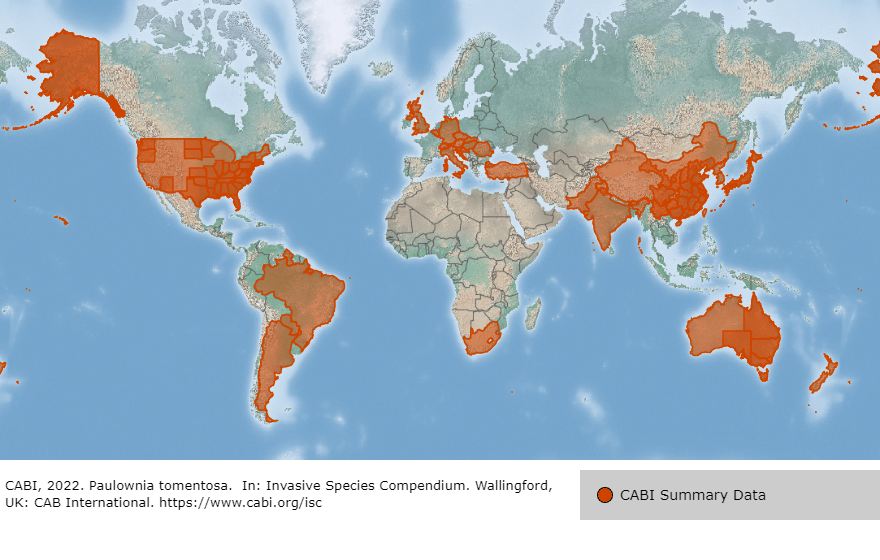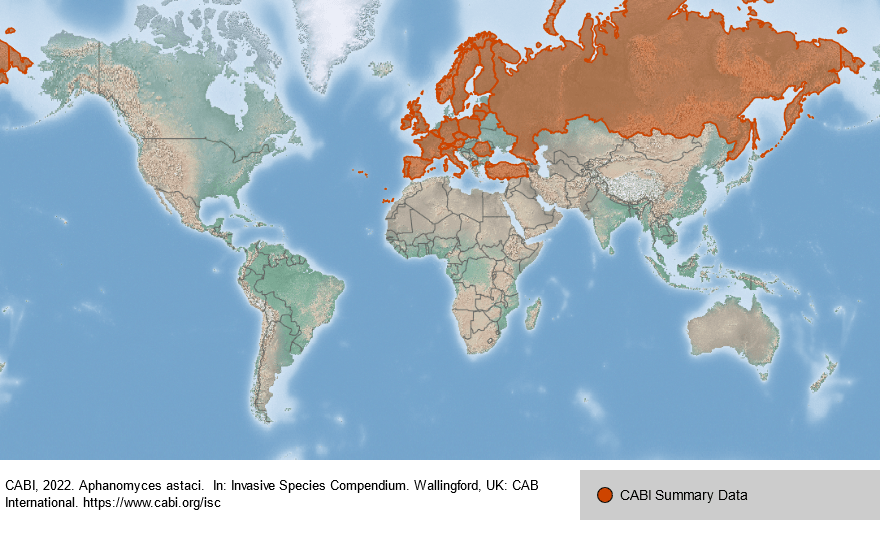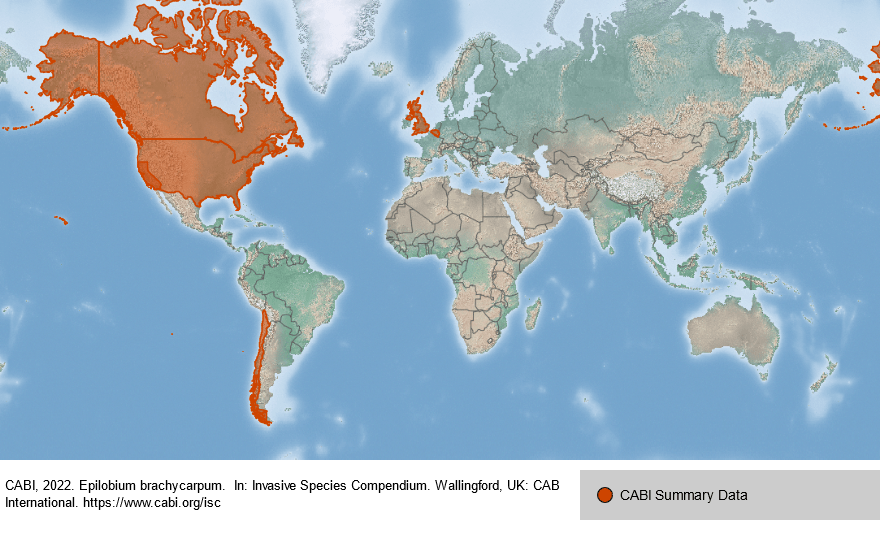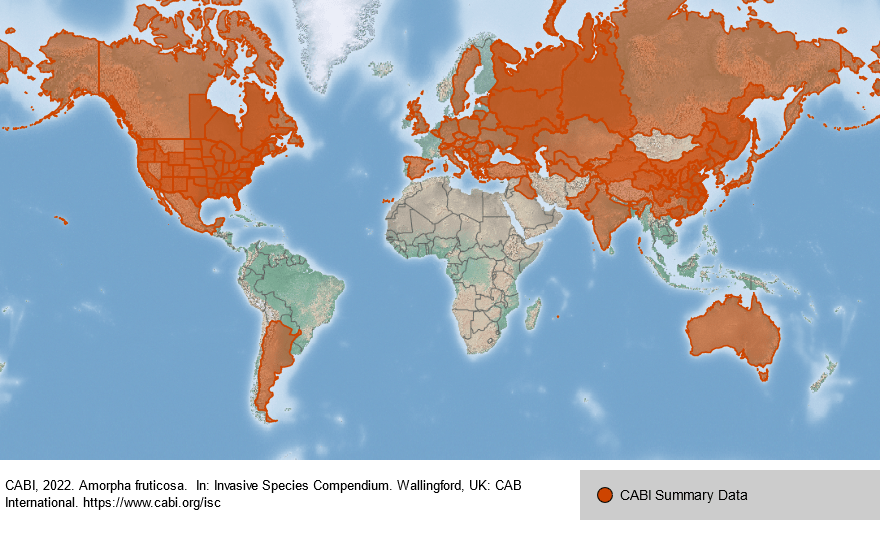 |
Red-necked longhorn beetle | Status LU: absent. |
 |
Asiatesche Bisambockkiewerlek | Status Eur.: casual. 1st record: 2008. |
 |
n/a | RA: ISEIA: n/a Harmonia+: n/a |
 |
Asiatischer Moschusbockkäfer | Wikipedia: |
 |
n/a | Back to the list of neozoa |
Contents
Brief description
Aromia bungii (Faldermann, 1835) is native across the south-eastern Palaearctic and Oriental regions. It is recorded from China, Korea, Taiwan and Vietnam. A. bungii is an oligophagous species; its host range is largely limited to Prunus spp.. The species has entered Europe several times with international trade. The first detection in Europe was in 2008 when three adults were intercepted among wooden pallets in a warehouse in Bristol, UK. The larvae of A. bungii grow inside host trees by consuming the wood. Several generations can develop within an individual tree, leading to its death. The beetle presents a significant risk to all stone fruit-growing countries in Europe and neighbouring countries (CABI 2022).
Status and distribution in Luxembourg
Aromia bungii (Faldermann, 1835) has not yet been recorded in Luxembourg.
Risk assessment
ISEIA protocol
Not assessed yet.
Harmonia+ protocol
Not assessed yet.
Worldwide distribution
Bibliography
- CABI, 2014. Aromia bungii (red necked longicorn) In: Invasive Species Compendium. Wallingford, UK: CAB International. URL: www.cabi.org [accessed 2023-01-20]
Page content last updated on 2023-09-27. Last proofread by Caroline Grounds on 2023-03-27.







 Bibliography
Bibliography
